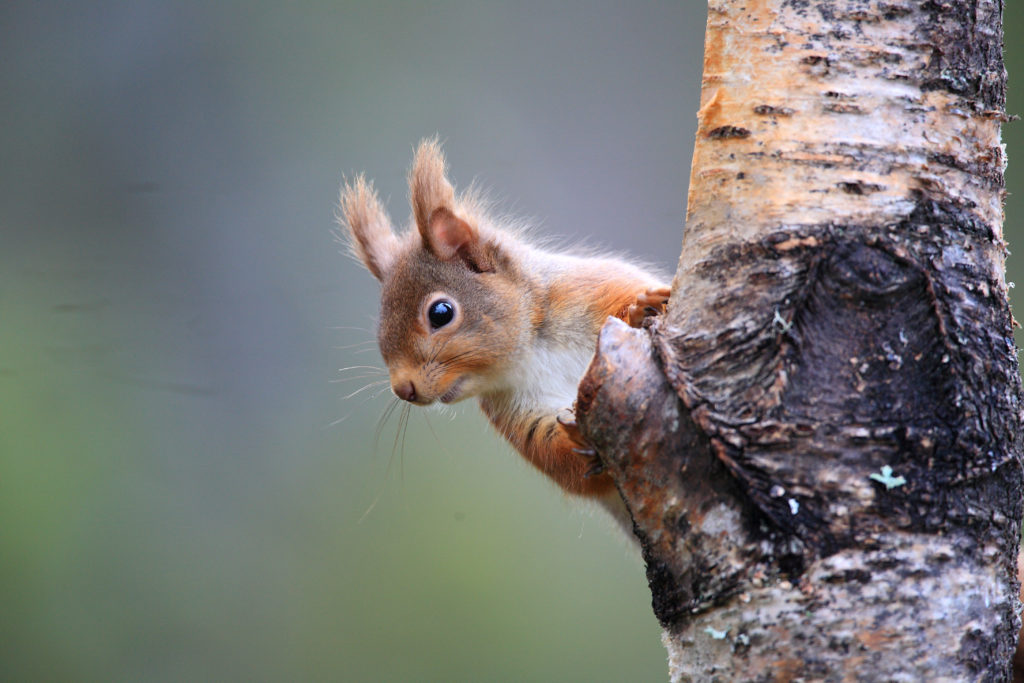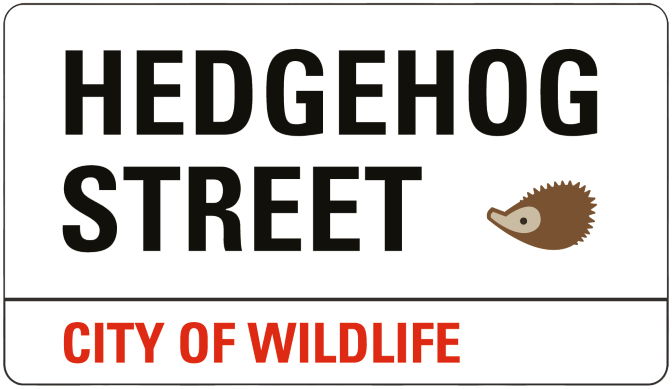Hedgehog Street People: Nida from PTES
27th June 2022
Hedgehog Street is run collaboratively by The British Hedgehog Preservation Society (BHPS) and People’s Trust for Endangered Species (PTES). Nida Al-Fulaij is the conservation research manager at PTES, working on oversees research projects as well as hedgehogs here in the UK.
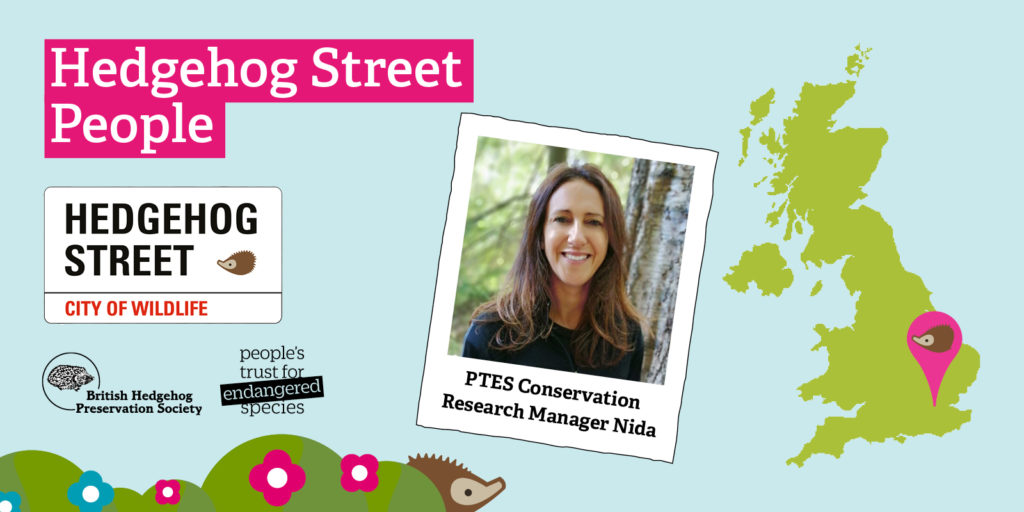
What is your conservation background?
My first interest was primates, in particular great apes. I worked at Dian Fossey Gorilla Fund and my research looked at relationships between great ape mothers and their infants. I’ve always wanted to see bonobos in the wild.
What does a Conservation Research Manager do?
My role is very varied which makes life interesting. I look after our grants programme, liaising with our conservation partners around the globe, supporting work on snow leopards, slow lorises and big cats. But I also get involved in wildlife legislation here in the UK, ensuring the species we work hard to conserve (such as hedgehogs!) are being represented.
Find out more about PTES’ global conservation partners.
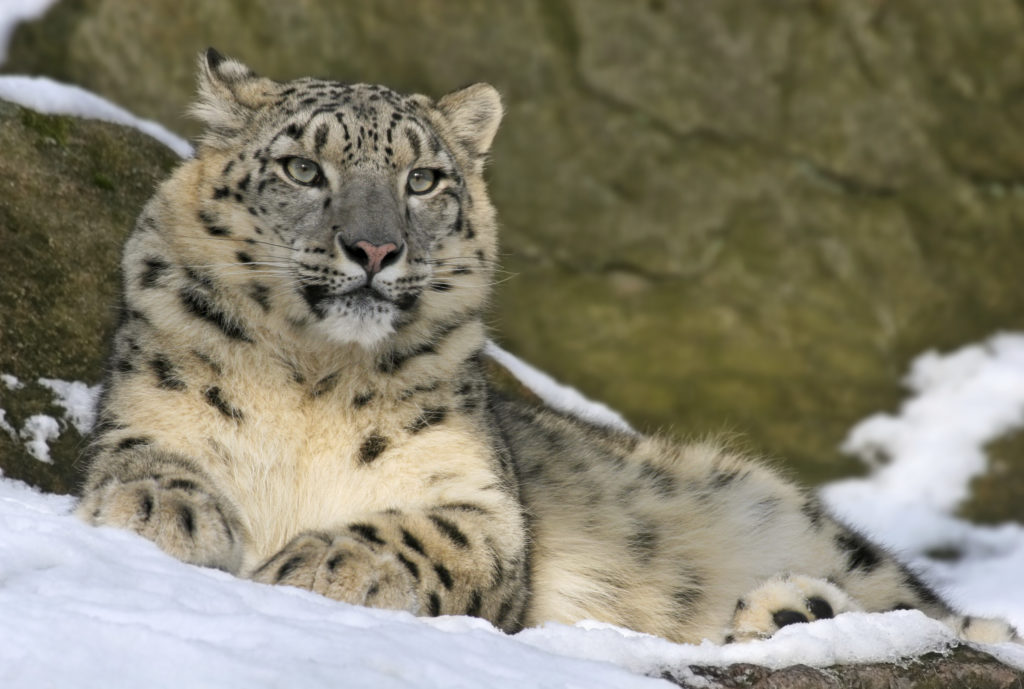
How do you decide which research projects to support?
It often comes down to the person leading the research. Wildlife conservation is nearly always about resolving some issue of conflict with people. So we try and support engaging, enthusiastic conservationists and researchers. They’re the ones who manage to involve communities most effectively – here in the UK and in places like India where we want to protect wildlife but, understandably, children are afraid they may bump into a leopard on the way to school.
Has there been any recent hedgehog research you have found particularly interesting?
All the research we support is critical in understanding the threats facing hedgehogs here in the UK and what we need to do to address them. Lauren Moore’s work understanding the impact of roads has been fascinating – it’s confirmed that how many hedgehogs are being killed each year around different towns and villages. We can really use this data to see where to focus our efforts more effectively.
Find out more about Lauren Moore’s work.
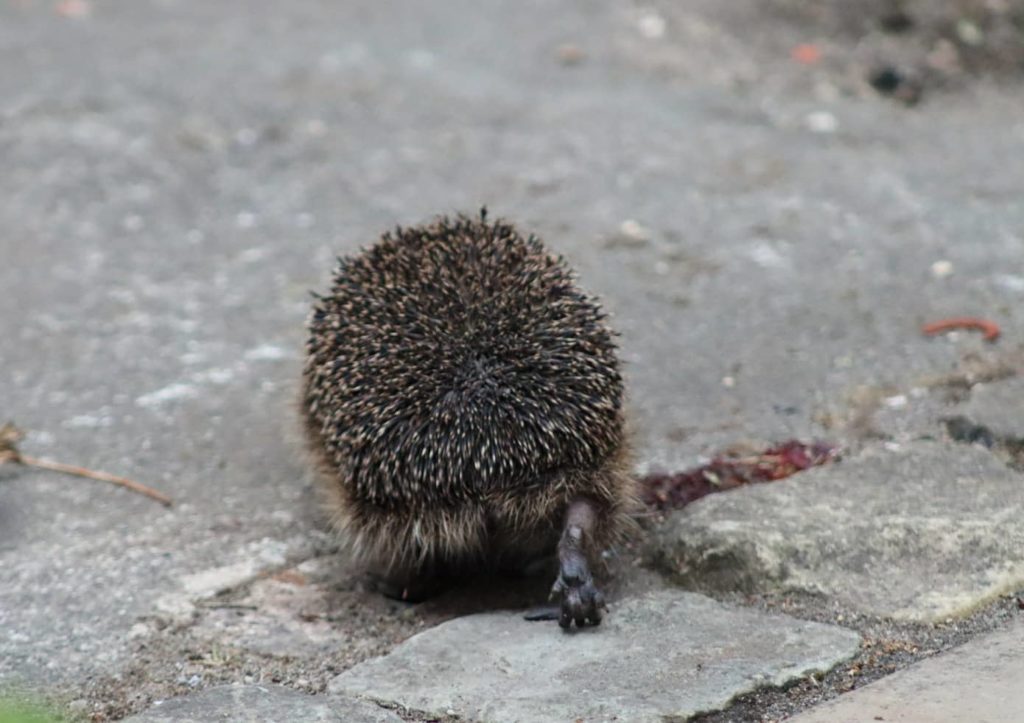
Why is research important for Hedgehog Street?
We need to understand what works for hedgehogs so we can give people – who love hedgehogs and want to help – the right information.
What hedgehog research projects would you like to see happening in the future and why?
We really need to work with some friendly farmers to make small but critical changes to parts of the land or farm methods to see if we can restore hedgehog populations in rural areas. Whilst they seem to be stable in urban areas, farmland covers so much more of our country that we really need to address the issues threatening hedgehogs there too.
Find out more about PTES and BHPS-funded hedgehog research.
What is the best way someone can help stop hedgehogs’ decline?
Consider your landscape and see what changes need to be made. In towns, you can find out how green spaces are managed and try and encourage the council to do it a more wildlife friendly way. If you’re based in a rural area, see how the local farmers are farming their land. If you can introduce them to Farmer Cluster groups they can work with their neighbours to help wildlife on a larger scale.
Ten Top Tips for helping hedgehogs in your garden.
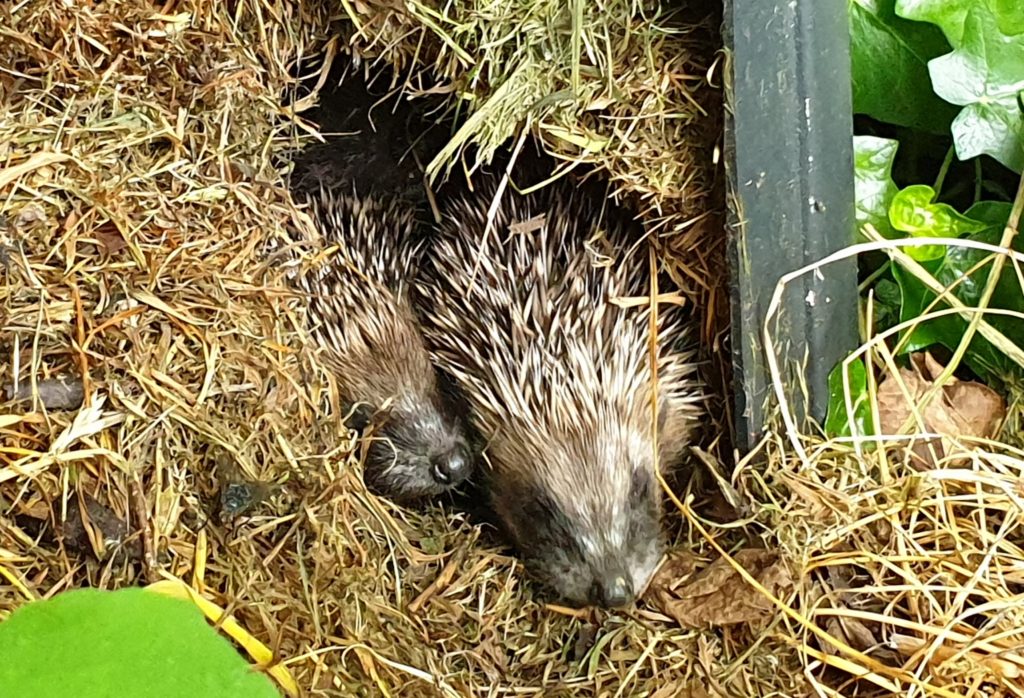
And finally, what is your favourite animal (apart from hedgehogs!) and why?
Hedgehogs of course 😊 but when I was younger it was red squirrels. I’m lucky to see them when I go to the Isle of Wight but it would be great to see them across England and Wales again.
